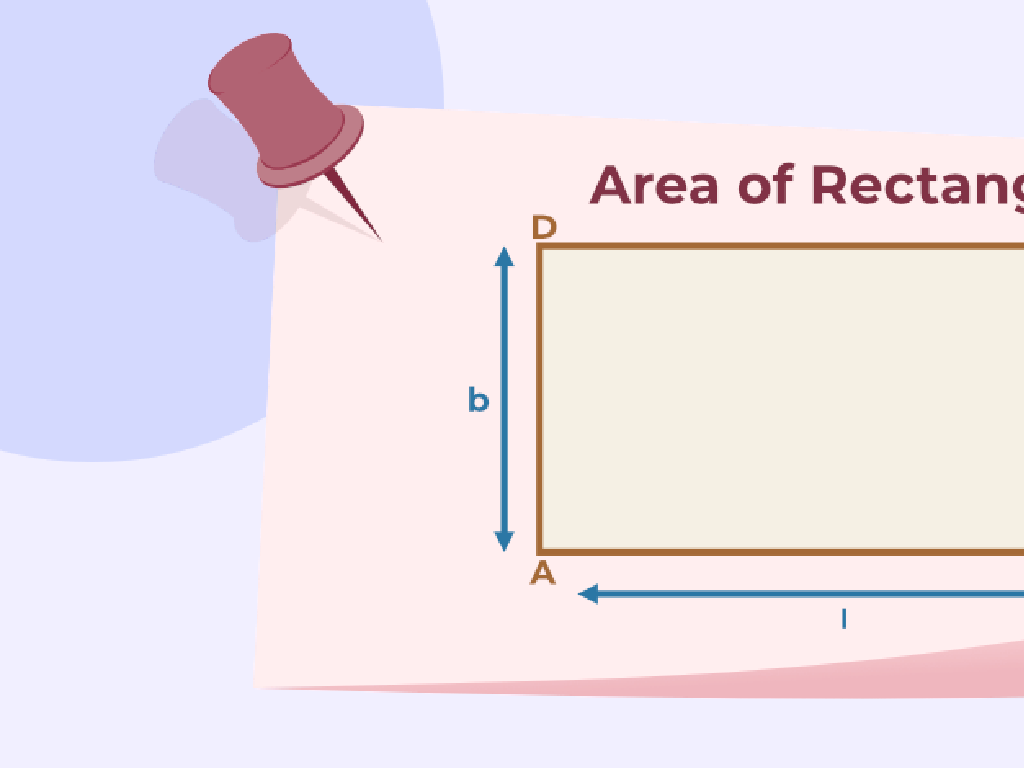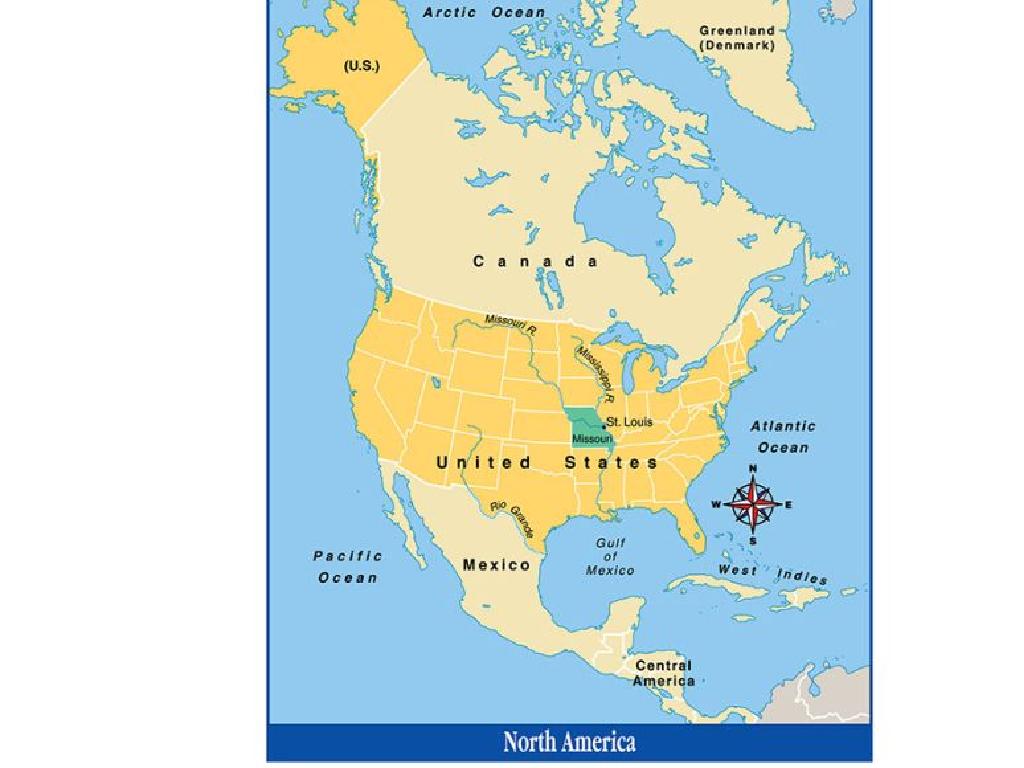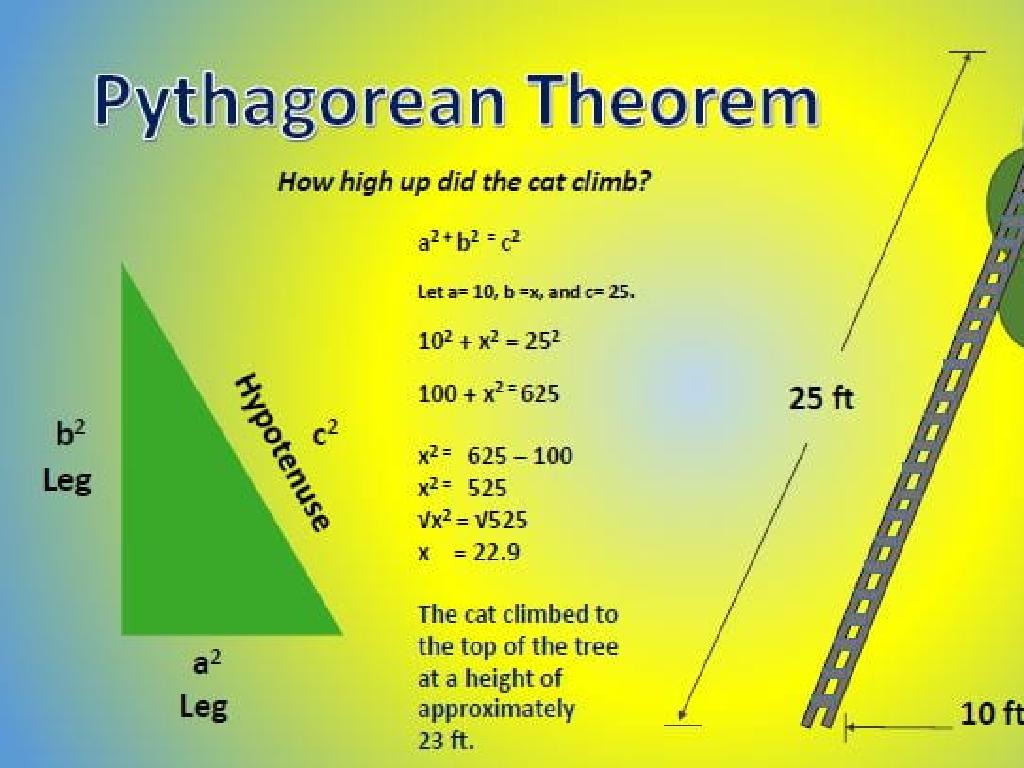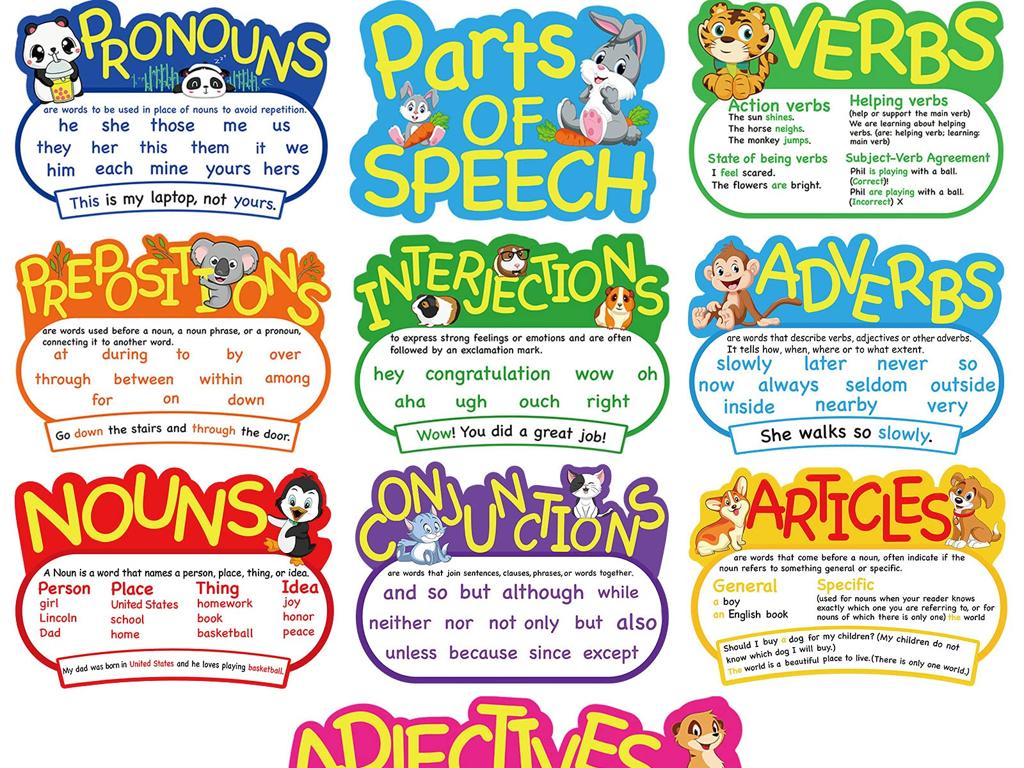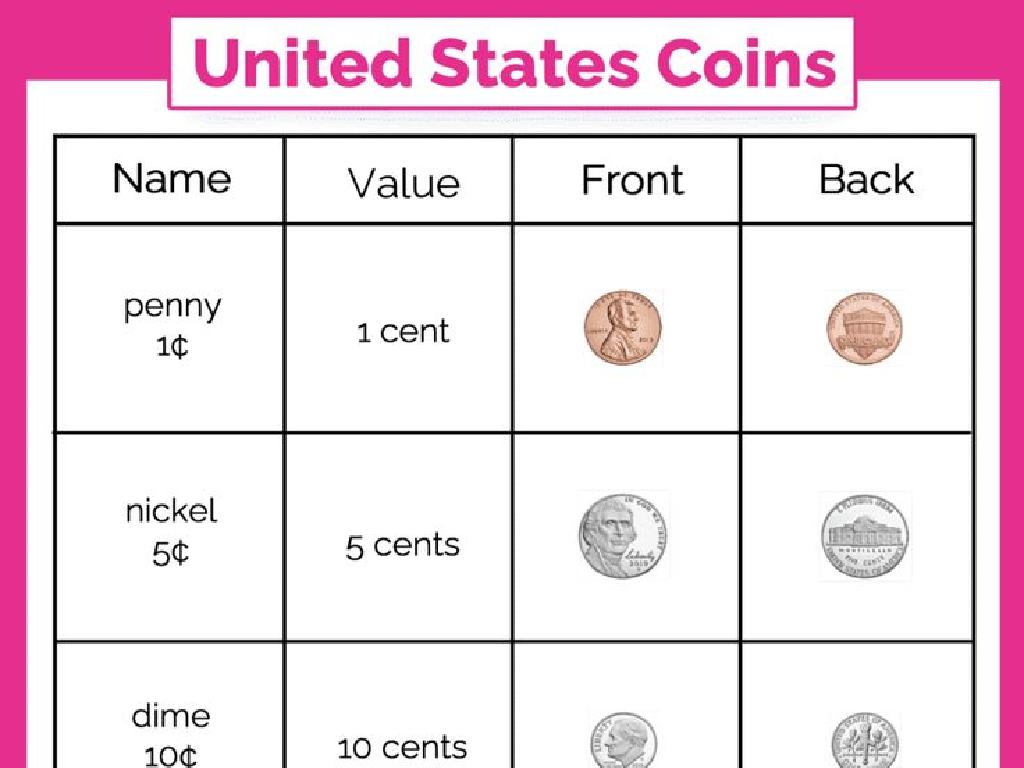Measure Length With Cubes
Subject: Math
Grade: First grade
Topic: Measurement
Please LOG IN to download the presentation. Access is available to registered users only.
View More Content
Welcome to Measurement: Measuring Length with Cubes
– Learn to measure length
– Use cubes for measuring
– Cubes are our units for measuring objects
– Understand long vs. short
– Measuring practice activity
– We’ll measure items with cubes and compare
|
This slide introduces the concept of measurement to first graders, focusing on length. Explain that measuring is a way to find out how long or short something is. Introduce cubes as a standard unit of measure for the class activity. Emphasize that by using cubes, students can visually and tangibly compare lengths of different objects. For the activity, provide a variety of items for students to measure with cubes. Encourage them to discuss which items are longer or shorter based on their measurements. This hands-on experience will help solidify their understanding of measurement and the concept of length.
Understanding Length
– Length: How long something is
– It’s the distance from one end to the other end.
– Comparing lengths with friends
– Who’s taller? You or your friend?
– Measuring with hands, feet, cubes
– Cubes can help us measure like a ruler!
|
This slide introduces the concept of length in a relatable way by comparing it to the height of the students and their friends. Emphasize that length is a way to measure how long or tall something is. Use examples like comparing heights to make it interactive and engaging. Explain that there are many ways to measure length, including non-standard units like hands, feet, and cubes, which they will practice using. Encourage students to think about objects they could measure with their hands or feet and prepare them for an activity where they will use cubes to measure items around the classroom.
Measuring Length with Cubes
– Line up cubes along the object
– Place cubes end-to-end without gaps or overlaps
– Cubes are equal-sized units
– Each cube is a consistent measure
– Count cubes to find length
– The total cubes used equals the object’s length
– Understand object’s length
|
This slide introduces the concept of using uniform cubes as a measurement tool, which is a practical way for first graders to understand length. Emphasize the importance of placing the cubes directly next to the object without leaving any space in between or stacking them. Explain that because all cubes are the same size, they can be used to measure how long or tall an object is. Encourage students to practice by measuring various objects around the classroom with cubes and counting how many cubes long each object is. This hands-on activity will help solidify their understanding of measuring length in a tangible way.
Let’s Practice Measuring with Cubes!
– Measure objects with cubes
– Use pencils, books, and toys for measuring
– Start at one end
– Line up cubes end-to-end
– Count cubes to find length
– After lining up, we count the cubes to see how long things are
|
This slide is for a hands-on class activity where students will learn to measure the length of various objects using cubes. The teacher should demonstrate first by choosing an object, like a pencil, and showing how to place the cubes from one end of the pencil to the other without leaving gaps or overlapping. Emphasize the importance of starting at the very end and lining up the cubes precisely. Then, guide the students to count the number of cubes used to measure the length. Activities can vary: some students can measure classroom objects, while others can measure items from their pencil case or personal belongings. The goal is for students to understand that the length of an object can be measured by counting how many cubes long it is. This activity will help develop their concept of measurement and counting.
Comparing Lengths with Cubes
– Measure to compare lengths
– More cubes means longer
– If a pencil is 6 cubes and a pen is 8 cubes, the pen is longer.
– Fewer cubes means shorter
– If a book is 3 cubes and a glue stick is 2 cubes, the glue stick is shorter.
– Practice comparing objects
|
This slide aims to teach students how to compare the lengths of different objects using non-standard units of measurement, specifically cubes. Start by explaining that after measuring objects with cubes, they can determine which one is longer or shorter by counting the number of cubes used. Use hands-on activities where students measure various classroom objects with cubes and then compare their lengths. Encourage them to articulate their findings, for example, ‘The marker is longer than the crayon because it takes more cubes to measure it.’ This practical application reinforces their understanding of measurement and comparison.
Class Activity: Measure and Compare!
– Measure objects using cubes
– Partner up and pick 3 items
– Record the cube count for each
– Write down how many cubes long each item is
– Determine longest and shortest items
– Compare your measurements with your partner
|
This interactive activity is designed to help students apply their understanding of measurement using non-standard units, in this case, cubes. Students should work in pairs to foster collaboration. They will choose three items from the classroom and use cubes to measure the length of each item. After measuring, they will record the number of cubes it took to measure each item. Then, they will compare their findings to determine which item is the longest and which is the shortest. For the teacher: Prepare a variety of items for measurement and ensure there are enough cubes for all pairs. Walk around to assist and encourage discussion about why some items require more cubes to measure. Possible variations of the activity could include measuring the same item with different sized cubes, comparing findings with other groups, or even estimating the length before measuring.
Review and Share: Measuring with Cubes
– Review measuring with cubes
– Share your measured items
– Tell us how many cubes long your items were
– Identify the longest item
– Which item used the most cubes?
– Find the shortest item
– Which item used the fewest cubes?
|
This slide is meant to recap the lesson on measuring length using cubes. Start by asking students to remember the steps they took to measure objects with cubes. Then, invite each student to share the lengths of their items in terms of cube units. Encourage them to discuss their findings and determine which of their items was the longest and which was the shortest by comparing the number of cubes used. This activity reinforces their understanding of measurement and comparison. For the teacher: Prepare to guide the students through the sharing process, ensuring that each child has a chance to participate. Offer prompts to help them describe their items and the measurement process. Have additional items ready for students who may need extra practice or finish early.
Great Job Measuring!
– Fantastic work with cube measuring
– Measuring shows length or shortness
– Like, is a pencil longer than an eraser?
– Practice makes perfect
– Aim to be measuring experts
|
This slide is a congratulatory message to the students for their efforts in learning to measure with cubes. It’s important to reinforce the concept that measuring is a way to determine the length or shortness of objects, which is a fundamental skill in mathematics. Encourage the students to continue practicing with different items, both in the classroom and at home, to become proficient in measuring. Remind them that practice is key to mastering any new skill. You can suggest measuring various objects like toys, books, or furniture to keep them engaged and improving their measuring abilities.

